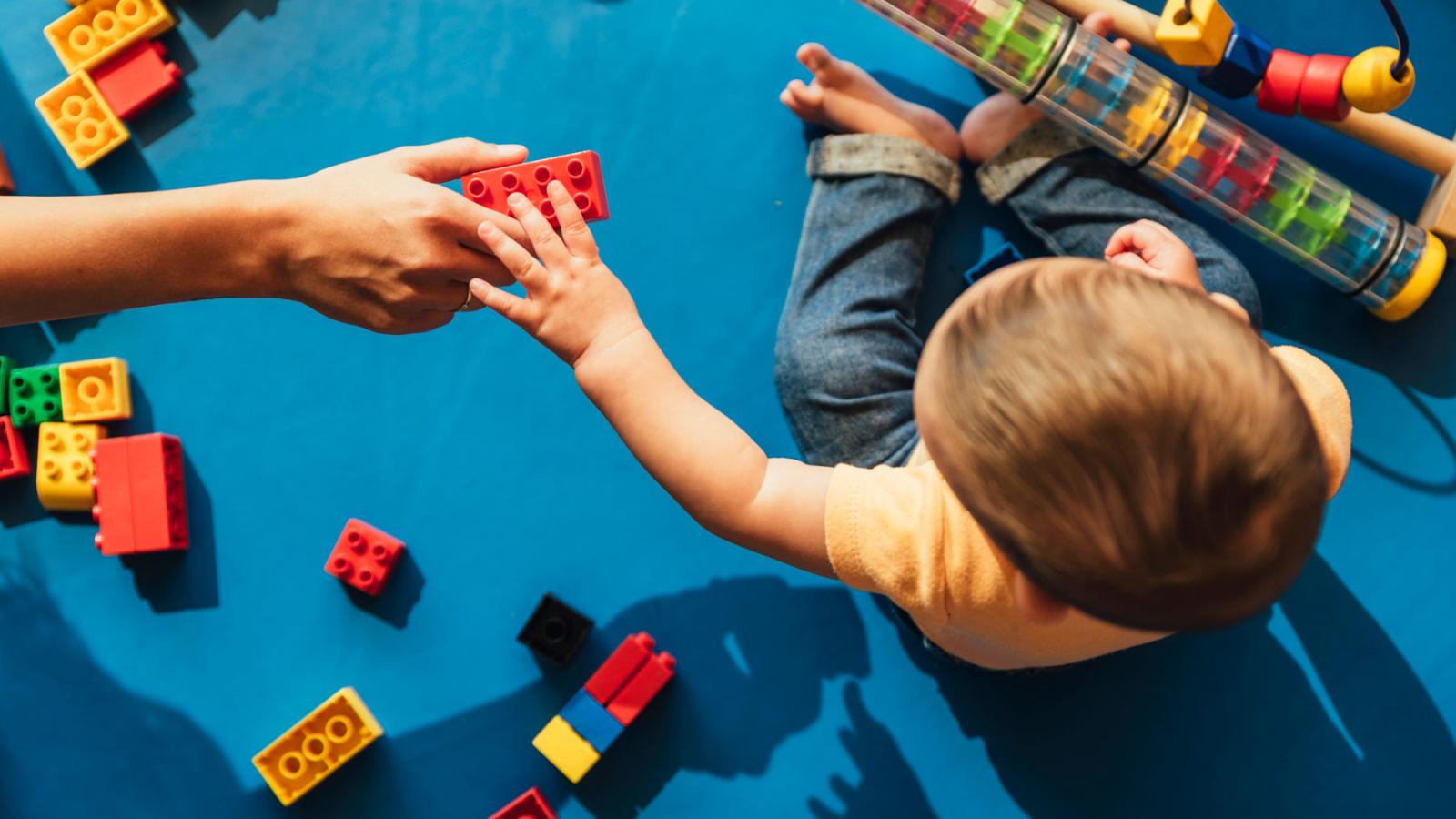Banner

Title
resources
Resource Library
Our Resource Library contains materials and assistance for early childhood educators and those they serve. Explore our selection of podcasts, tip sheets, websites, documents, and self-study courses.
Results: Page 26 of 47
| Resource Name | Description | Resource Type |
|---|---|---|
| Helping Children Deal With Grief | “Most young children are aware of death, even if they don’t understand it. Death is a common theme in cartoons and television, and some of your child’s friends may have already lost a loved one. But experiencing grief firsthand is a different and often confusing process for kids.” To learn more, check out this resource from The Child Mind Institute. | Website |
| Helping Children Understand Emotions When Wearing Masks | From The National Center for Pyramid Model Innovations (NCPMI): "Young children look for emotional cues from caregivers to help interpret the environment and rely on their caregiver’s facial expressions, tone of voice, and body posture to identify and understand emotions. Here are tips and ideas for helping children identify emotions when your face, your most expressive feature, is covered by a mask. Use these strategies to let children know that behind the mask, a kind and warm expression is still there!" | Document |
| Helping Children with Cerebral Palsy | Get connected with emotional, medical and financial help. Give your child the best life possible. Let us help you find medical options, emotional support and financial assistance through legal claims. Learn more about what?s available to you and get the support you need. Learn About Support Options | Website |
| Helping Kids Grieve | “Coping with the death of a loved one brings enormous challenges for the whole family. Grieving may never completely end, but working through the difficult feelings can become easier with time. Through support, open conversations, and finding ways to keep the person’s memory alive, families can begin healing together.” Here is a resource from Sesame Street in Communities. | Website |
| Helping Young Children Who Have Experienced Trauma: Policies and Strategies for Early Care and Education | Early childhood trauma occurs when a young child experiences an event that causes actual harm or poses a serious threat to the child's emotional and physical well-being. These events range from experiencing abuse and neglect to having a parent with substance abuse issues or being separated from a parent. Trauma is different from regular life stressors because it causes a sense of intense fear, terror, and helplessness that is beyond the normal range for typical experiences. | Document |
| Hidden Allergies: Cause for Disruptive Behavior, Sensory Issues and Poor Retention? | This article contains information regarding allergies and how they may affect learning and behavior. | Website |
| Histiocytosis Association of America | The Histiocytosis Association of America provides funding for research, provides mutual support, and educates physicians and the public with issues surrounding histiocytosis. A newsletter and chat rooms are available online. | Website |
| Holding Infants -- or Not -- Can Leave Traces on Their Genes | The amount of physical contact between infants and their caregivers can affect children at the molecular level. This is the first study to show in humans that the simple act of touching, early in life, has deeply-rooted and potentially lifelong consequences on genetic expression. | Document |
| How Sleep Savvy are You? A Tool for Reducing Infant Sleep Related Deaths | The National Institute for Children’s Health Quality has made available a short video quiz that can be used as an interactive, visual tool to prompt discussions about safe sleep best practices. | Website |
| How To Clean and Disinfect Schools To Help Slow the Spread of Flu | Cleaning and disinfecting are part of a broad approach to preventing infectious diseases in schools. To help slow the spread of influenza (flu), the first line of defense is getting vaccinated. Other measures include staying home when sick, covering coughs and sneezes, and washing hands often. Below are tips from the Centers of Disease Control and Prevention (CDC) on how to slow the spread of flu specifically through cleaning and disinfecting. | Website |
Results: Page 26 of 47